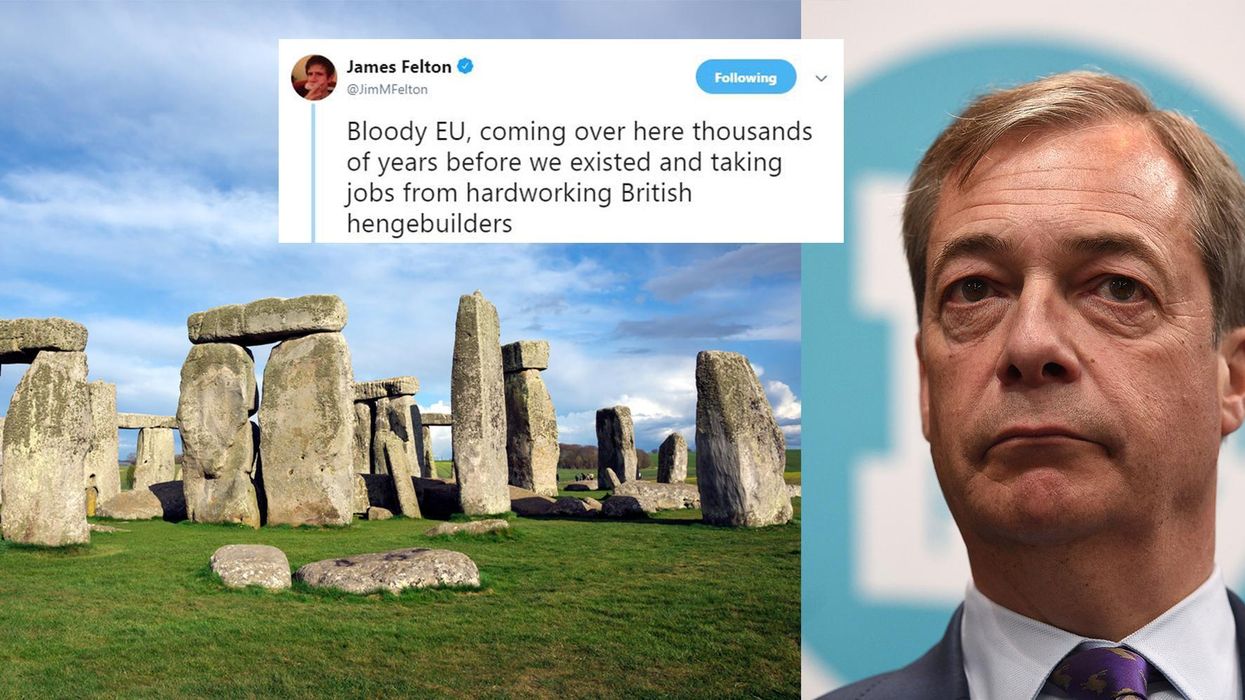
Stonehenge is one of Britain's most iconic and mysterious landmarks, attracting thousands of visitors each day to marvel at its unusual stone formations.
How this prehistoric monument in Wiltshire actually came into existence has been the source of speculation for centuries but new research has found that it was constructed sometime around 4000 bc by migrant farmers from Turkey and Greece.
Scientists have been studying the remains of 47 Neolithic skeletons which date back nearly 6000 years, some remains of which were found near the Stonehenge site.
Dr Tom Booth, a postdoctoral researcher at the Natural History Museum said:
We looked at the genetic ancestry of human remains from both before and after 6,000 years ago – so some dating to the Mesolithic and some to the Neolithic – to see if we can characterise any changes.
As soon as these Neolithic cultures start to arrive, we see a big change in the ancestry of the British population. It looks like the development of farming and these Neolithic cultures was mainly driven by the migration of people from mainland Europe.
With Britain still encased in a Brexit cocoon of uncertainty and anti-immigrant rhetoric this monumental discovery has created a lot of discussions.
And a fair few jokes about Stonehenge being built by Turks and Greeks.
What will Brexiteers do about Stonehenge now?
At least there was one positive take.
HT The Poke














